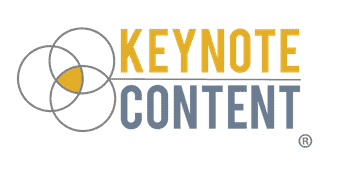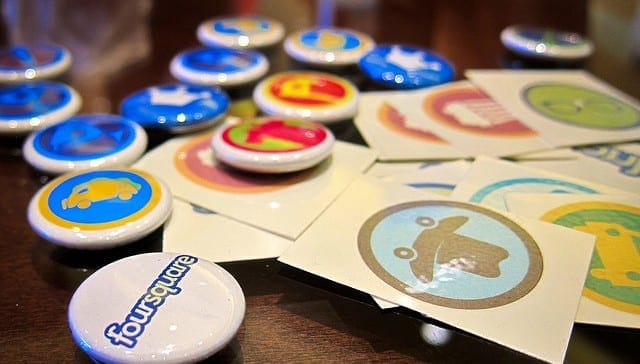If I had a dime for every time a small business owner told me they were uncertain about social media, I’d buy Google. Dozens and dozens of SMBs have told me they know they should be on social media and they see the incredible value of it, but for whatever reason, they haven’t made that leap.
Interior designers, contractors, dentists, painters, and many more are keeping their audience from valuable insight in important fields because of the obstacles facing small businesses when it comes to social media.
With a little digging and good conversations, I’ve found the fear of social media for small businesses ultimately comes down to three main factors.
New/unknown to small businesses
Last year Forbes.com reported the average age of American small business owners to be 50.3 years. This is over 20 years older than the average Millennial, the generation most familiar with social media. Social media is constantly changing business culture and commerce. The social media learning curve tends to be steeper for generations, namely most small business owners who didn’t grow up with social media. Add in the fear of the unknown and many small businesses are at a loss at what to do and where to start with social media.
Time requirement
Regardless of age, social media is an investment of time. Most small business owners believe the lie that actively engaging their audience through social media requires two hours of their work day. “If I’m tweeting, posting, sharing, and on Facebook all day long, when will I have time to actually run a business?” In truth, a solid approach to social media should take no more than a total of half an hour per work day. Starting small and building slowly is a tried-and-true way of building a quality digital footprint.
No direct correlation to sales
Most small businesses would rather spend their time on work directly tied to sales. Calling customers, sending invoices, and working on projects are easy opportunities to see direct results in the bank account. Indirect marketing, such as social media and blogging, carry long-term investments. Content creators may not see the results initially, but a constant farming of quality content and audience engagement will grow a thriving community over time, a community willing to pay for your insight and services.
So, where’s a good place to start?
First, I recommend finding the right platform that fits your brand. If you’re an interior designer, decorator, or artist, I highly recommend using Pinterest as your primary platform. If you’re a thought-leader, idea developer, communicator, or writer, I’d recommend blogging and Twitter. Whatever your industry may be, focusing on one to two quality platforms is better than shotgunning a dozen uncertainties.
Second, I’d suggest getting good resources, like ebooks, blog posts, webinars, and videos to help educate you on good social media practices. These tools can help empower you to unlock a very important part of marketing for your business.
Another great idea is investing in a social media coach who can share their experience with your business. I’ve worked with a variety of entrepreneurs, small to medium businesses, and nonprofits to develop a solid social media strategy and the payoff is huge! A simple four-to-six week course can help small businesses take charge of their online branding and share their value with an audience waiting for their message.



